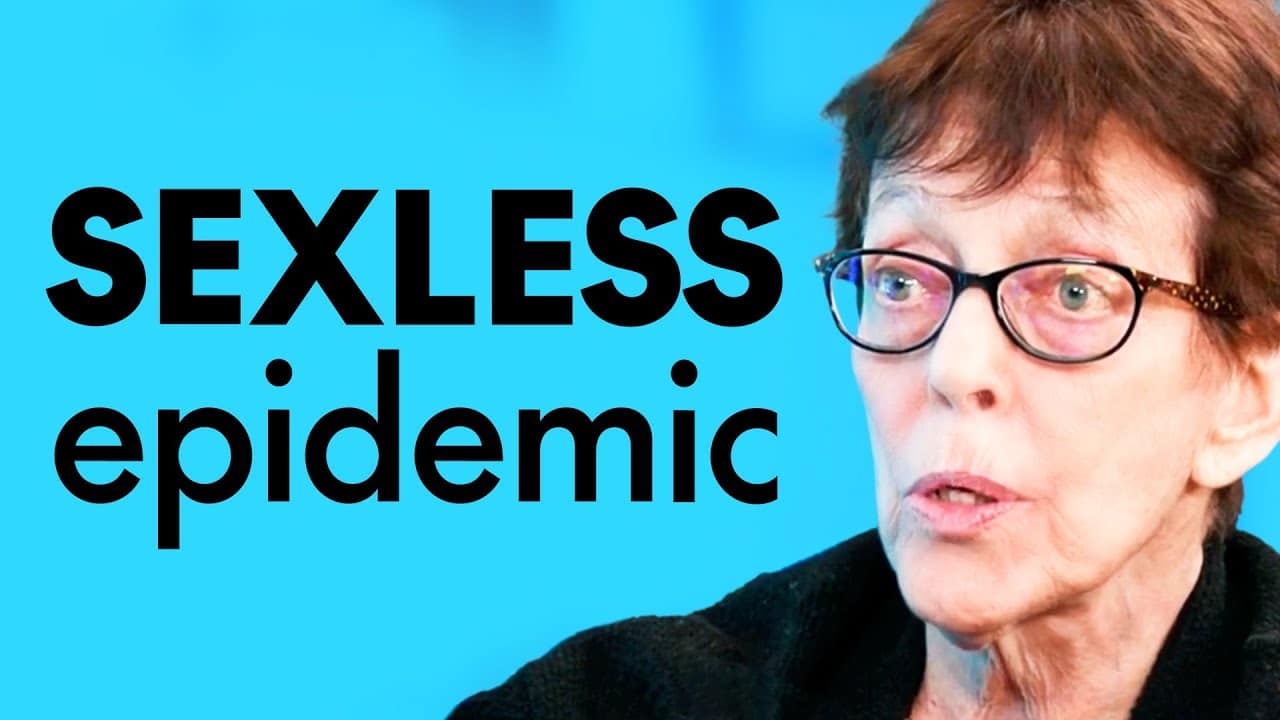The idea that humans could be considered endangered species may sound like hyperbole, but the truth is that we are facing severe threats to our reproductive health. In their book, Countdown, authors Shanna Swan and Stacey Colino present a compelling case for why we meet the criteria for being endangered and what we can do about it.
One of the most alarming aspects of our declining reproductive health is the decline in sperm count. Research from November 2021 showed that the decline is worse than previously thought, with a 2.5% yearly decline. This trend is not limited to Western countries but is a global issue affecting men worldwide. This decline in sperm count is just one manifestation of a more significant problem with a reproductive function that includes fertility, PCOS, miscarriage, and declining testosterone levels, which are all declining at a rate of at least 1% per year.
These trends indicate a severe fertility crisis that could lead to population collapse if not addressed. In countries like Japan and South Korea, the birth rate has dropped below the replacement level, meaning the population is guaranteed to collapse without immigration. This could have significant economic consequences as the aging population requires support from the younger generation, which is shrinking.
So why are we facing these reproductive health challenges? The authors point to various factors, including exposure to environmental chemicals and lifestyle choices. Chemicals like phthalates, bisphenol A, and pesticides are all known to disrupt hormone function and affect fertility. These chemicals are ubiquitous in our environment, and we are exposed to them through food, water, and air.
Another factor is the way we live our lives. Our modern lifestyle is characterized by stress, lack of sleep, and poor diet, all of which can adversely affect our reproductive health. We are also more sedentary than previous generations and spend more time indoors, which can lead to vitamin D deficiency, a factor in decreased fertility.
Interestingly, the decline in reproductive health is not a new phenomenon. The authors note that the total fertility rate (the number of children a woman or couple will have in their lifetime) dropped from 5.4 in 1960 to 2.6 in 2010. This trend has continued, with the global average now at 2.1. This is the replacement level, which means that if we fall below it, we will eventually face population collapse.
So what can we do about it? The authors suggest various strategies, including reducing exposure to environmental chemicals, improving lifestyle habits, and increasing awareness about the importance of reproductive health. They also emphasize the need for policy changes, including stricter regulations around chemicals that disrupt hormone function and better support for families trying to conceive.
In conclusion, the idea that humans could be endangered species may seem far-fetched, but the reality is that we are facing severe threats to our reproductive health. The decline in sperm count and other aspects of reproductive function should be taken seriously, as they could have significant consequences for our future. However, there are things we can do to reverse these trends and protect our reproductive health. We can ensure a brighter future for ourselves and our children by taking action individually and collectively.
*****
*****
Summary of Transcript:
In the video, an expert discusses how humans meet the criteria for being an endangered species due to a decline in reproductive health. The drop includes declining sperm count and increasing rates of miscarriage, Polycystic Ovary Syndrome (PCOS), and low testosterone in men. The rate of decline is over 1% per year and has occurred since the 1960s. The decline in reproductive health is linked to the chemicals humans process in their bodies. Japan and South Korea have the lowest total fertility rates in the world, with numbers below the replacement rate. This is predicted to lead to economic collapse as these countries won’t have enough young people to support the aging population.
*****
Summary of Description:
Dr. Shanna Swan, an epidemiologist, warns in her book “Count Down” that our modern world is threatening sperm counts, altering male and female reproductive development, and imperiling the future of the human race. She highlights the many factors contributing to a 50% drop in fertility rates, testosterone, and reproductive function. Chemicals leading to human extinction, the under-masculinization of males, lifestyle factors, and more have Dr. Swan concerned for the future of humanity as a species and our current health. Her work quickly became the world’s 26th most referenced scientific paper when she published research in 2017 that set off alarms and caught the attention of major media and scholars worldwide.
*****
Source Description
Listen to Impact Theory on Amazon Music: https://music.amazon.com/podcasts/9e0db1b9-b46c-4e50-a9c5-add34b0ffe00/impact-theory-with-tom-bilyeu?ref=dm_sh_nzgPULGEOD2WFqOCd38MsElYP.
RESTART your life in 7 days: http://bit.ly/42KM8OR
On Today’s Episode:
Until now, you probably haven’t associated infertility with the collapse of our global population. Fertility rates are reaching critical levels from the U.S. to India, South Korea, Canada, and the U.K. Humans now meet 3 criteria for being endangered.
If that doesn’t have you rattled yet, our guest today, Dr. Shanna Swan, epidemiologist best known for research she published in 2017, which set off alarms and caught the attention of major media and scholars around the world, joins Tom to highlight the many factors contributing to a 50% drop in fertility rates, testosterone, and reproductive function.
Shanna’s work quickly became the world’s 26th most referenced scientific paper, and her latest book, Count Down: How Our Modern World Is Threatening Sperm Counts, Altering Male and Female Reproductive Development, and Imperiling the Future of the Human Race, delivers a less than optimistic view of guaranteed economic population collapse.
The information Dr. Shanna shares raises significant concerns for humanity’s future as a species and our current health.
Chemicals leading to our extinction have some government incentivizing people to have sex and procreate.
– Women’s education, contraception rights, and urbanization contribute to women’s lack of interest in birthing 5 and 6 kids.
– Endocrine-disrupting chemicals are nearly unavoidable as they’re in what you eat, drink, and breathe
– The under-masculinization of males is an actual problem impacting their lifespan
– Lifestyle factors are part of this conversation and include obesity, stress, binge drinking, and poor metabolic health
Shanna gives a masterclass on phthalates, a chemical found in plastics that makes them softer, helps products be more absorbable, and holds scent and color better in everyday products we’re accustomed to using, and shares a simple poem to help you identify safer recycled plastic options. Looking at the number on your plastic bottles, commit this to memory…
“5,4,1 and 2. All the rest are bad for you.”
Resources Mentioned:
Empty Planet: The Shock of Global Population Decline by Darrell Bricker & John Ibbitson
Consumer Guide to Safer Products: https://www.ewg.org/consumer-guides
World Bank fertility data: https://data.worldbank.org/indicator/SP.DYN.TFRT.IN
Check out Dr. Shanna Swan’s book, Count Down: https://www.amazon.com/exec/obidos/ASIN/1982113669
QUOTES:
“If a couple is infertile, where the man is infertile, and his sperm count is low, his health is impacted.”
“Men with low sperm count and men who could not conceive a pregnancy will die younger; they have a shorter life expectancy.”
“The phthalate syndrome in humans is an incomplete masculinization of the male genital tract.”
“This is not an equal opportunity problem, […] people who are stressed, disadvantaged, socially challenged in various ways will be hit much more.”
Follow Dr. Shanna Swan:
Website: https://www.shannaswan.com/
Instagram: https://www.instagram.com/drshannaswan/
Twitter: https://twitter.com/DrShannaSwan

